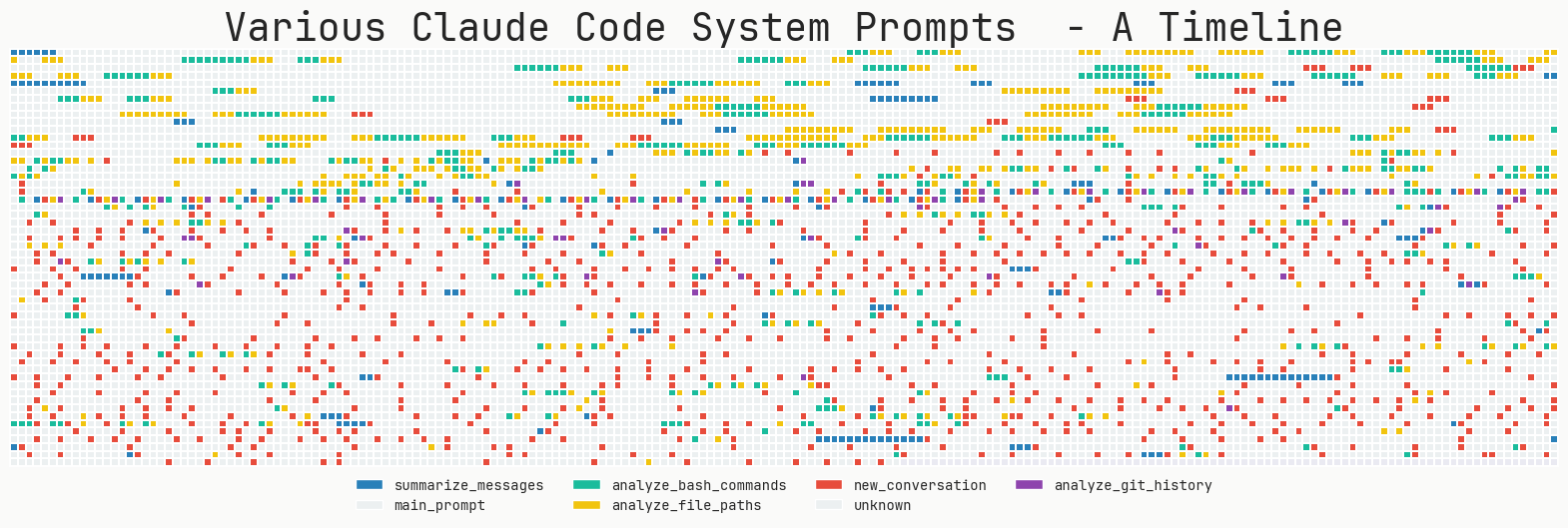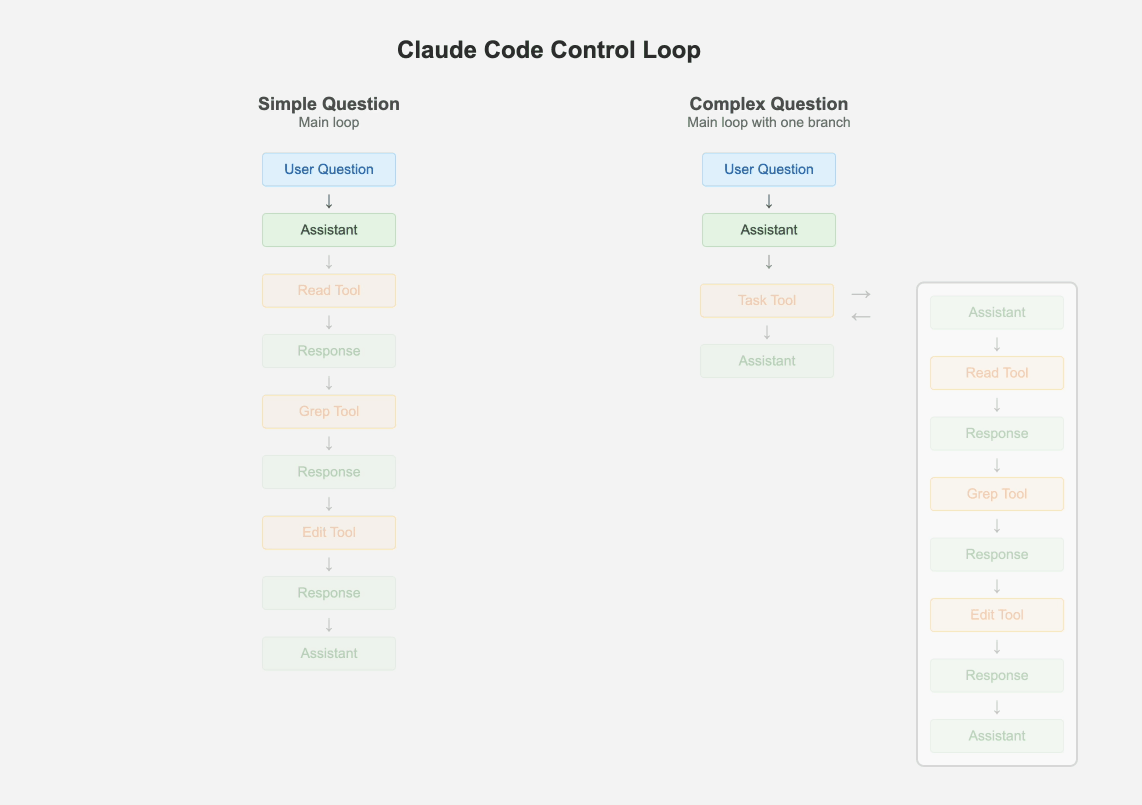Claude Code Is the Only AI Agent That Actually Works – End of Debate
Hello everyone. Let’s talk about Claude Code, this mystical AI agent worshipped by developers the same way gamers once worshipped Half-Life 3 teasers. Supposedly, it makes you “happy” to use, which is about as believable as Windows Update finishing on time. But fine, I’ll bite – let’s see what makes this thing allegedly so damn good and why people want to replicate it in their own workflow Frankenstein labs.
The Cult of Simplicity – Or So They Claim
The article goes on and on – about “Keep Things Simple, Dummy.” And look, I’ll give CC credit, at least it recognizes that the more spaghetti-nested agents you have, the closer you get to a flaming Rube Goldberg contraption. Debugging multi-agent systems is like taking a patient’s medical history after they’ve already fainted – it’s far too late for damage control, but hey, the charts look complicated, so someone must be important.
Claude Code keeps everything in one looping thread, adds a sub-agent if absolutely necessary, and resists the urge of every mid-level dev who thinks they’re the next Alan Turing because they discovered LangChain. Honestly? That’s progress. Minimalism done right actually beats duct-taping a hundred graphs, embeddings, and agents into one screaming void of confusion.
The Promptapalooza
Now here’s where it gets comical. The system prompt for Claude Code isn’t just “long.” It’s absurd. We’re talking 2800 tokens for the system plus 9400 tokens for tools. The thing reads like an instruction manual thick enough to choke a rhinoceros. You’ve got sections on tone, style, proactiveness, tool policy, doing tasks, doing laundry, ordering take-out, avoiding emojis – I half-expect it to tell me how to brush my teeth and floss after interviews.
If you think about it, this is basically micromanaging the AI like some sadistic boss who leaves sticky notes everywhere: “NEVER use grep directly.” “ALWAYS use ripgrep.” “DO NOT COMMENT unless asked.” By the time you’re done, the poor model is probably having an existential crisis. I’ve seen patients with fewer post-it notes stuck to them in the emergency ward.
The Anti-RAG Crusade
The review here is blunt: forget RAG (Retrieval-Augmented Generation). Claude Code doesn’t need it. It just brute forces your codebase the way you would – regexes, ripgrep, jq, find. In other words, it doesn’t try to get “clever,” it just works. Like a gamer who refuses to use walk-throughs, it literally opens the code files and reads them.
Multi-agent RAG pipelines are the blockchain of AI – over-complicated, shiny-sounding nonsense that no one needs, but investors drool over.
This is the equivalent of saying, “Stop building pointless abstractions and just play the damn game.” Because honestly, 90% of people slathering RAG over everything don’t even know why. It’s AI cargo culting – like hanging tuning forks on a car and expecting it to drive faster.
Tools, Tools Everywhere
Claude Code has a buffet of tools ranging from low level bash to high level diagnostics commands. At least this strikes balance. Yes, it could just use one Swiss army bash command, but then again, would you honestly trust an AI to find and delete files with one line? Not if you value your sanity-or your source code. Give the AI constrained tools, and you’re less likely to watch it implode your repo like a rogue Skyrim mod corrupting your save files.
- Low level tools – Bash, Read, Write.
- Medium level tools – Edit, Grep, Glob (a personal favorite because regex is black magic).
- High level tools – Task, WebFetch, exit_plan_mode (the equivalent of an in-game fast travel when you realize you’ve wandered too far into nonsense).
Honestly, this is one of the smartest design decisions in CC. Give the AI enough autonomy so it doesn’t ask you if it can tie its own shoelaces, but not so much that it sets the house on fire while boiling water.

The Aesthetic of Tastefulness
Apparently, Claude Code isn’t just about functionality – it has taste. Tone and style are controlled to avoid the AI sounding like a passive-aggressive customer support agent. It doesn’t spam emojis, doesn’t over-explain (unless asked), and generally tries not to annoy you. This is how low the bar is, folks: we’re impressed when an AI doesn’t act like Clippy with a midlife crisis.
Final Diagnosis
Claude Code, for all its bloated prompts, overbearing “IMPORTANT” reminders, and obsessive tone curation, does something remarkable: it works better than the competition. It doesn’t waste hours pretending it’s five different agents role-playing Scrum meetings inside your CPU. It slams through tasks with a combination of brute force, big-context hints, and practical tools. Is it elegant? Not really. Is it efficient? Mostly. Is it better than the half-baked, RAG-infested agent playground trash out there? Oh, absolutely.
My overall impression: Claude Code is an accidental success – not a divine revelation. It’s like a surgeon who bumbles into the right incision by sheer persistence. But the lesson is crystal clear: simplicity trumps complexity in AI workflows, just like it does in medicine, politics, and yes, game design. The second you introduce a multi-agent system, you’re not managing AI – you’re babysitting a dysfunctional daycare of bots.
Verdict: Pretty damn good, though you’ll need to stomach the prompt-bloat absurdity. At least it doesn’t ask for a blockchain integration – yet.
And that, ladies and gentlemen, is entirely my opinion.





